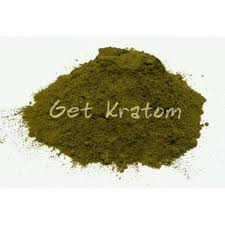Ingredients:
- Kratom (fresh, powdered, or dried leaf)
- Distilled water
- 1 tsp. chamomile tea leaves
- 1 tsp. Earl Grey tea leaves
- Ginger
- Honey
Procedure:
- Measure enough kratom for a single regular dose and add it to a cup of distilled water in a saucepan.
- Add the rest of the ingredients with the exception of the honey. For the ginger, you may use as much as you deem necessary, but the ideal would be to use a peeled piece the length of your thumb.
- Let the mixture boil down for about 20 minutes or until the water has reduced to half its original volume.
- Remove the mixture from heat and pass it through a filter or a strainer, then add as much honey as you require.
This particular recipe has some very nice components to it, especially in terms of ingredient interaction. Adding chamomile enhances the anti-anxiety effect of the kratom tea for most drinkers, and the inclusion of ginger is actually good at relieving the usual nausea that comes with tasting the bitter kratom leaves. The Earl Grey tea should enhance the taste for the better, especially if you use a good brand that has just the right amount of bergamot.
As with most other kratom recipes that involve creating an infusion or tea out of the leaf, onset of effects is fairly fast, since the alkaloids are extracted into the water instead of remaining in the leaf until your stomach digests the material sufficiently to get to them. It should be noted that the mixture can actually be boiled down even further than to merely half the original volume, if desired. It all depends on how strong you want the taste to be. If you do boil it down to a point where it is too strong for you already, simply add a little more hot water to it and stir for dilution.

